Water flossers have become an essential tool in modern oral care, providing an effective way to clean between teeth and along the gumline. However, different people has different oral condition. This is why selecting the right water flosser pressure setting is crucial. The ideal pressure level varies depending on individual needs, making water flosser customization an important consideration. In this article, we will explore the different water pressure settings for different oral types and provide guidance on selecting the best one for optimal oral health.
Water flossers typically offer multiple pressure settings, ranging from low (gentle) to high (intense). The variation in pressure allows users to adjust their experience based on their oral sensitivity and specific cleaning requirements.
Low pressure (10-40 PSI): Suitable for sensitive gums, recent dental work, or first-time users.
Medium pressure (40-70 PSI): Recommended for general daily use and maintaining healthy gums.
High pressure (70-100+ PSI): Ideal for users with braces, implants, or those who need deeper plaque removal.
Choosing the right water flosser pressure setting ensures effective cleaning while preventing unnecessary gum irritation or damage.

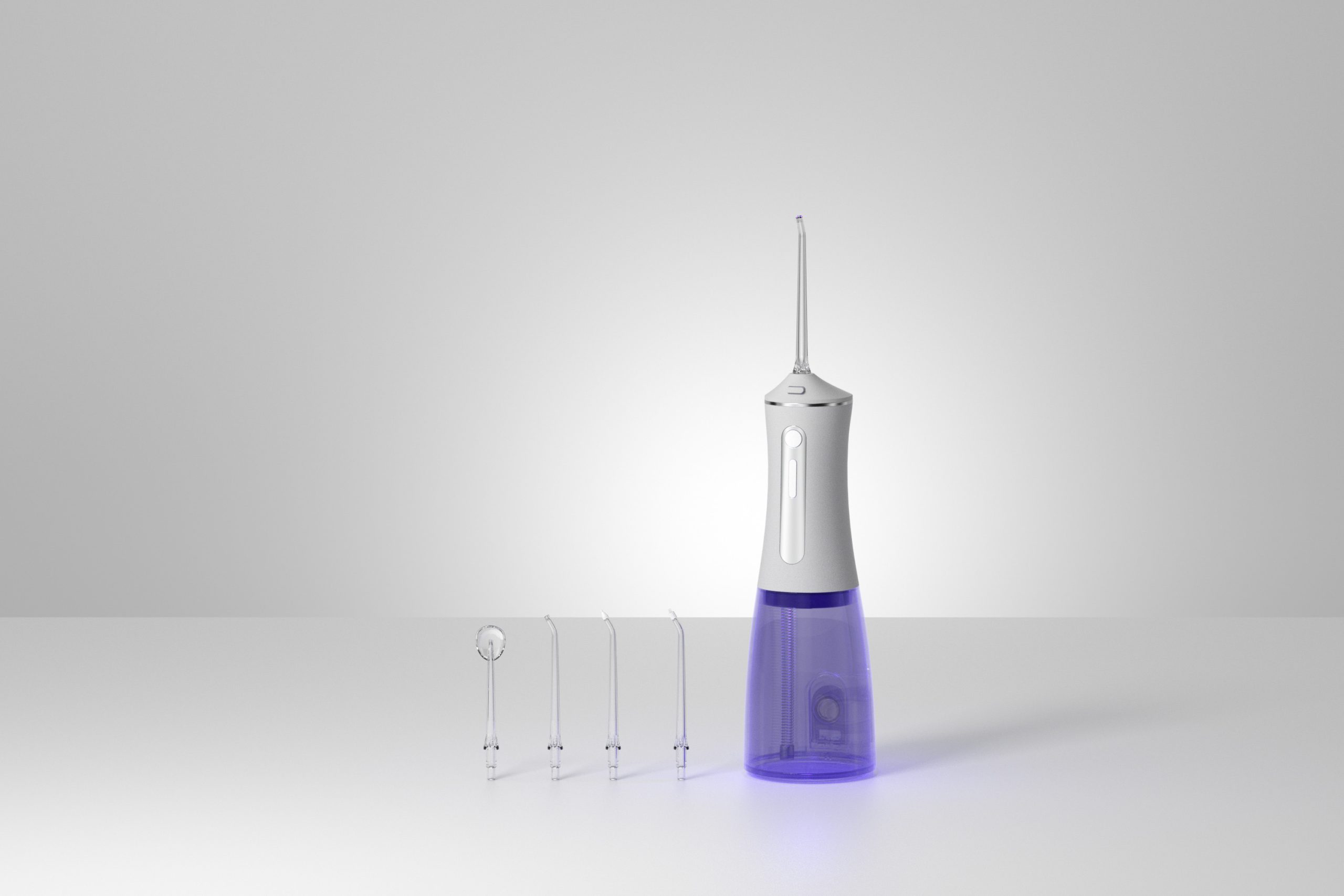
Each person has unique oral health conditions, and the right water pressure for different oral types varies. Below are some common oral conditions and the recommended pressure settings:
Users with gum sensitivity, gingivitis, or periodontal disease should start with the lowest pressure setting to avoid irritation.
Recommended setting: Low pressure (10-40 PSI)
Why? Gentle water flow helps clean without causing discomfort or bleeding.
People with braces or retainers require a stronger water flow to effectively remove trapped food and plaque.
Recommended setting: High pressure (70-100+ PSI)
Why? A higher pressure level can reach between brackets and wires for thorough cleaning.
For those with implants, crowns, or bridges, a moderate pressure setting is typically best to clean around artificial structures without causing damage.
Recommended setting: Medium to high pressure (50-80 PSI)
Why? Ensures proper cleaning while protecting dental work.
For users with healthy teeth and gums, a balanced pressure setting is ideal for regular oral hygiene.
Recommended setting: Medium pressure (40-70 PSI)
Why? Provides effective plaque removal without being too harsh.
Customizing your water flosser pressure setting to match your oral health needs provides several benefits:
Improved oral hygiene: Ensures effective plaque and bacteria removal.
Reduced gum irritation: Prevents bleeding and discomfort for sensitive users.
Enhanced comfort: Personalized pressure levels enhance the user experience.
Better protection for dental work: Protects braces, implants, and crowns from excessive pressure.
By understanding different water pressure settings for different oral types, users can optimize their oral care routine and achieve better long-term dental health.
If you are new to using a water flosser, begin with the lowest pressure setting and gradually increase it to find a comfortable level.
If you experience bleeding or discomfort, lower the pressure immediately. If cleaning feels insufficient, try a higher setting.
Refer to the oral type categories above and select the recommended pressure range for your specific needs.
Using too high pressure for sensitive gums – This can cause gum recession and discomfort.
Staying on low pressure when deep cleaning is needed – Ineffective plaque removal may lead to oral health issues.
Not adjusting pressure for dental work – Crowns, implants, and bridges need moderate pressure to prevent damage.
By avoiding these mistakes, you can make the most of your water flosser while protecting your oral health.
Choosing the right water flosser pressure setting is key to maintaining a healthy mouth. Since different oral types require different pressure levels, water flosser customization allows users to achieve the best cleaning experience. Whether you have sensitive gums, braces, or implants, understanding the different water pressure settings for different oral types helps you optimize your oral care routine.
For oral care brands, offering adjustable pressure settings and clear user guidance can improve customer satisfaction and expand market reach. Investing in water flosser customization ensures that products cater to a wide range of oral health needs.
Would you like recommendations for the best customizable water flossers for your brand? Contact us today for expert advice!https://www.powsmart.com/contact-us/

Is a Texas travel toothbrush with a Texas tax-free advantage — worth it?
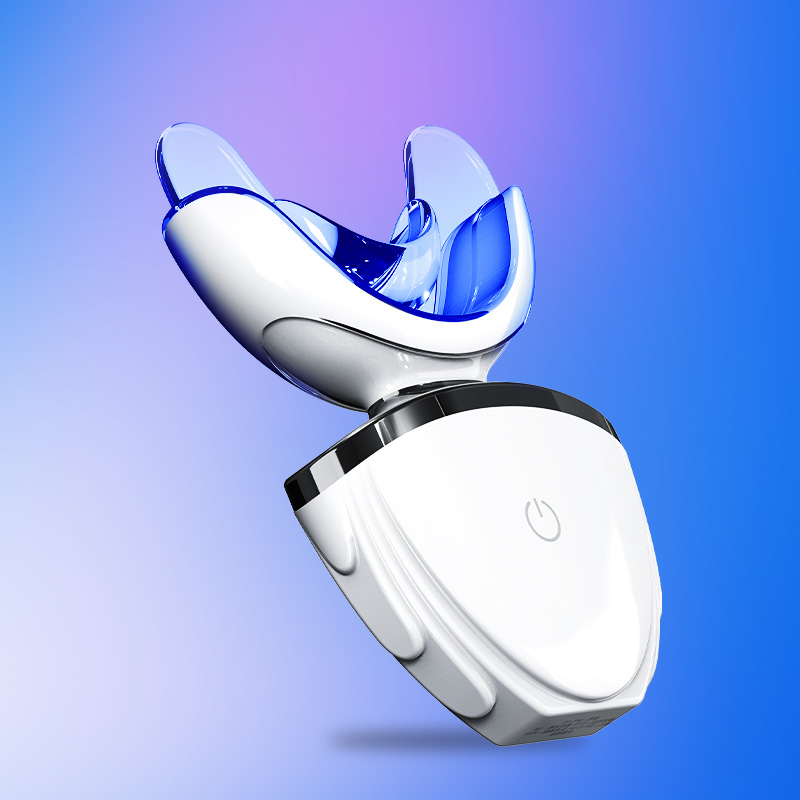
Is Toothbrush for Coffee Stain Teeth’s Whitening Mode Ineffective?
Motor Jamming with Overheating Alerts – Linked?
Smart Toothbrush with Bluetooth Bulk | Connected Oral Care for B2B Clients
.jpg)
Is the Middle-Aged and Elderly Consumer Group a Potential Market for Electric Oral Hygiene Products?

Solutions to Common Problems with Teeth Whitening Devices: How Can Manufacturers Reduce Product Return Rates?

The Importance of Electric Toothbrushes in Oral Care
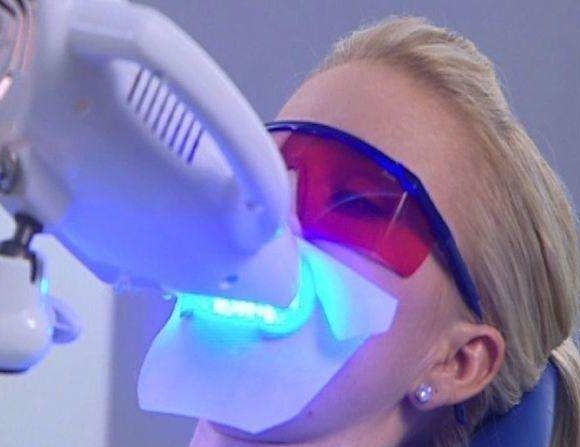
Why is There Such a Big Price Difference Between Teeth Whitening Kits on the Market?
.jpg)
Wholesale Smart Toothbrushes: Best Bulk Deals for Retailers
Why Does Poor Cleaning Leave Fiber Residue?

How Charging Methods Impact Your OEM Electric Toothbrush Strategy
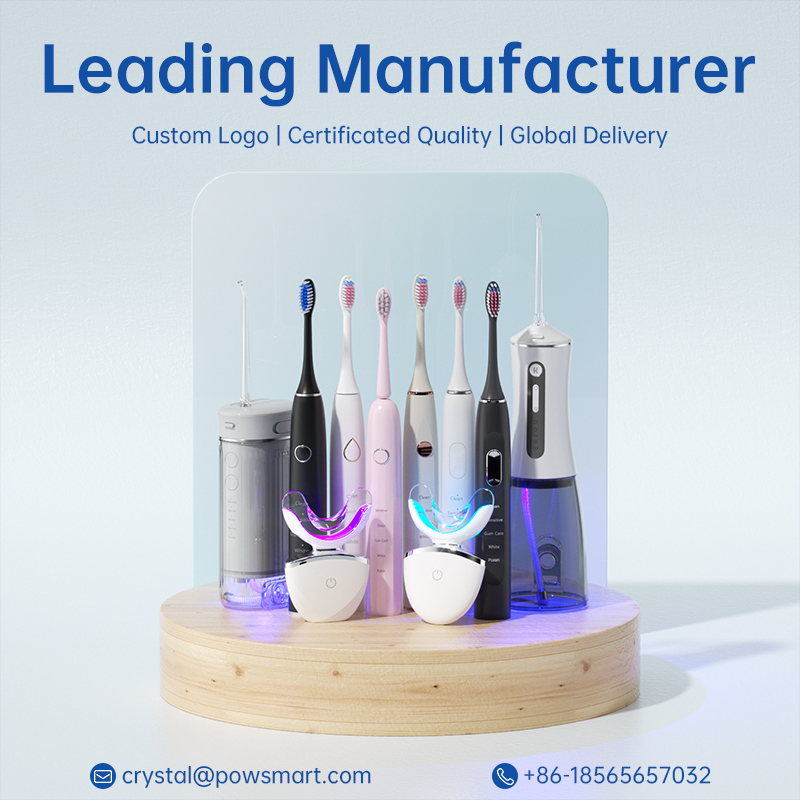
AI Powered Toothbrush: Next-Generation OEM Technology
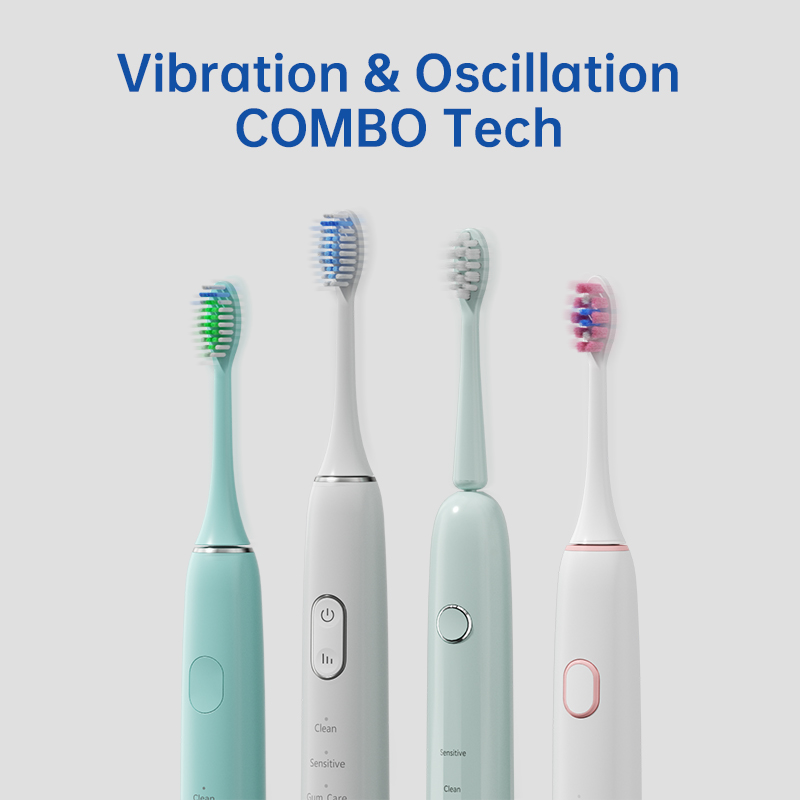
Which Electric Toothbrush Best Suits Coffee Drinkers in Seattle?
Waterproof Travel Electric Toothbrush OEM | Portable Oral Care
Sustainable Toothbrush Packaging Supplier

Can Intelligent Electric Toothbrushes Keep Evolving Like Mobile Phones?

electric toothbrush heads Regular Clean

electric toothbrush heads Deep Clean

electric toothbrush heads Charcoal Infuse-Round
.jpg)
Florida Electric Toothbrush – Powsmart PTR-C8

Electric toothbrush heads Charcoal Infused-Diamond

Private Label Whitening Gel

Customization Teeth Whitening Gel

electric toothbrush heads Ultra Soft
whstapp
whstapp
National Toll-Free Service Hotline
+86 755 86238638